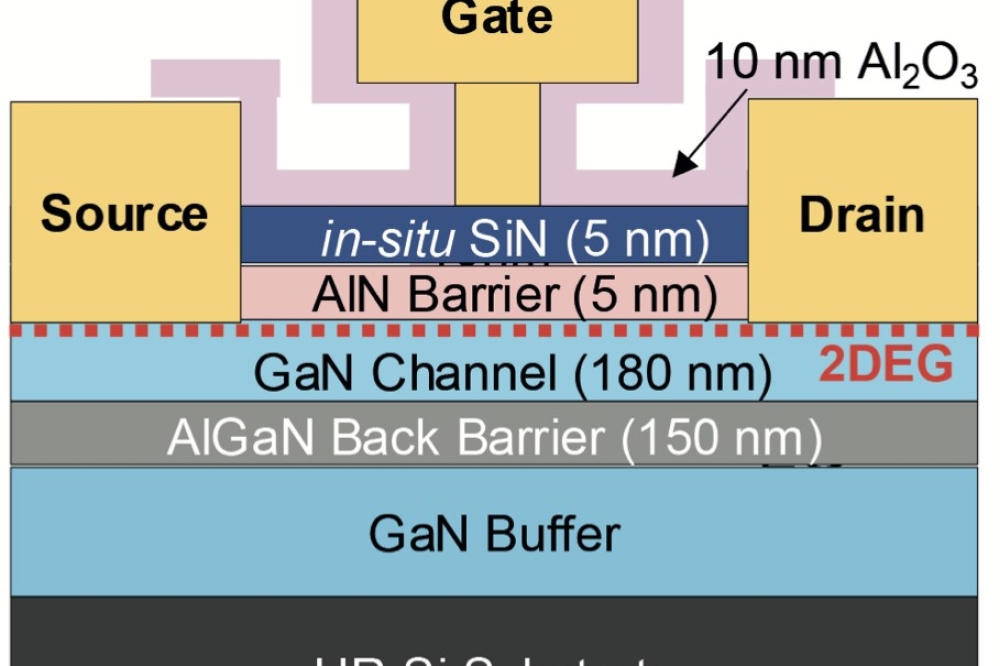US group gets $1.3M to develop 100GBps semiconductor laser

Office of Naval Research funds University of Mexico team to pioneer new class of ring-laser-based, integrated, ultrafast sources
A project to develop ultrafast laser transmitter technology at the University of New Mexico (UNM) could have a revolutionary impact on the physics of semiconductor lasers, according to the research team.
Potential applications could result in ten times the speed of current fibre optic networks according to UNM Electrical and Computer Engineering (ECE) professor Marek Osiński who leads the multidisciplinary group that includes Gennady Smolyakov, ECE research associate professor, a senior collaborator on the project.
For the past two and half years, the laser transmitter project has been centred on numerical simulations of proposed devices, funded by a $400,000 grant which will conclude in September. Now, the Office of Naval Research has awarded UNM a $1.3 million grant, funded for three and a half years, to continue with a proof of concept demonstration, moving from theory to the laboratory.
Osiński's project explores the use of semiconductor ring lasers to provide energy-efficient high-speed optical data egress from a cryogenic environment to room temperature for further processing. The goal is to demonstrate that semiconductor laser devices can send data at a bandwidth speed of over 100 gigabits per second (Gbps).
It is hoped that the project will have a revolutionary impact on the field of fundamental and applied physics of semiconductor lasers, pioneering a new class of ring-laser-based, integrated, ultrafast sources.
The Office of Naval Research may be interested in applications aboard a ship, which has limited energy and room for maintaining a cryogenic environment. Removing extra heat from the cryostat (an apparatus for maintaining a very low temperature) takes lots of power.
Since it is very expensive energetically to maintain the 4K temperature, normal electronic connections with copper wire are not feasible, as the copper conducts heat. Instead, high-speed optical communication methods such as those being developed at UNM are preferred, because glass does not conduct heat.
"Development of inexpensive ultrafast chips operating at speeds exceeding 100 Gbps will have a huge societal impact by increasing the transmission capacity of fibre-based networks," says Osiński. "We are conducting basic scientific research with the potential for many and much broader possible applications."


































